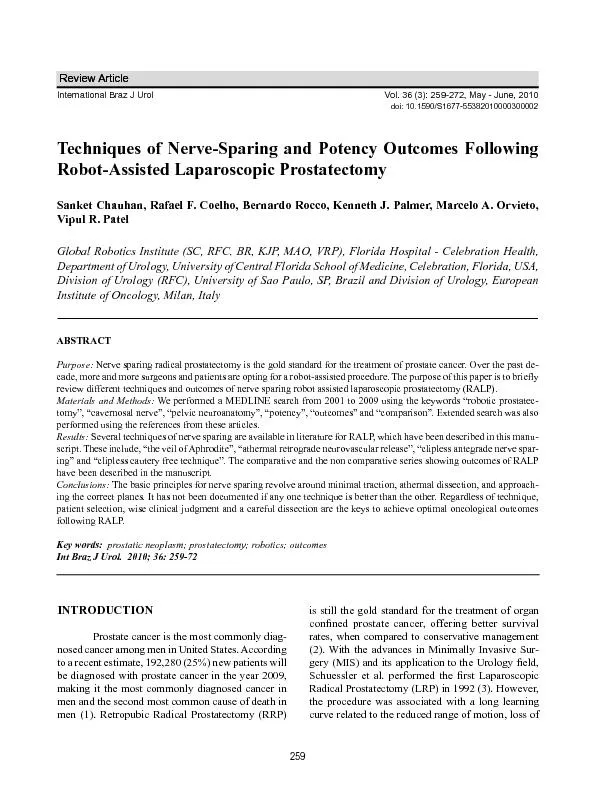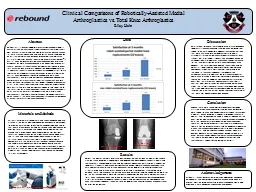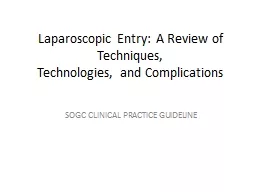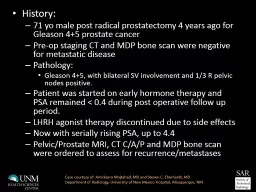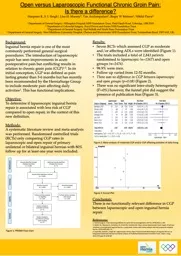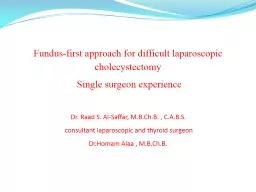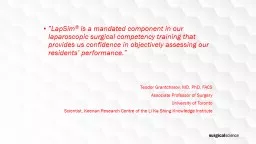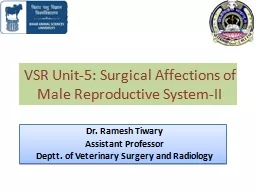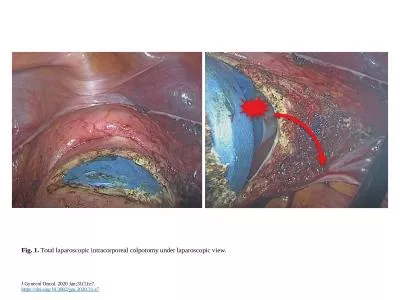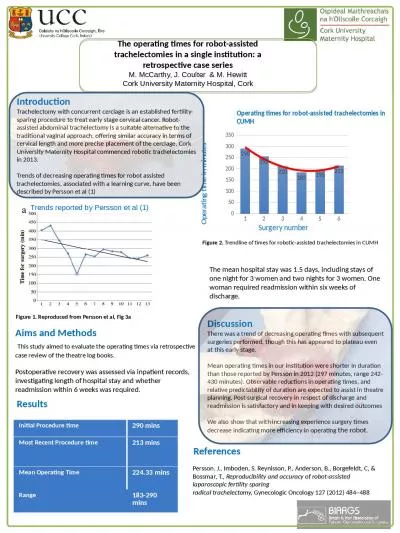PDF-Robot-Assisted Laparoscopic Prostatectomy
Author : tawny-fly | Published Date : 2016-08-05
259 International Braz J Urol Vol 36 3 259272 May June 2010 Techniques of NerveSparing and Potency Outcomes Following RobotAssisted Laparoscopic Prostatectomy Sanket
Presentation Embed Code
Download Presentation
Download Presentation The PPT/PDF document "Robot-Assisted Laparoscopic Prostatectom..." is the property of its rightful owner. Permission is granted to download and print the materials on this website for personal, non-commercial use only, and to display it on your personal computer provided you do not modify the materials and that you retain all copyright notices contained in the materials. By downloading content from our website, you accept the terms of this agreement.
Robot-Assisted Laparoscopic Prostatectomy: Transcript
Download Rules Of Document
"Robot-Assisted Laparoscopic Prostatectomy"The content belongs to its owner. You may download and print it for personal use, without modification, and keep all copyright notices. By downloading, you agree to these terms.
Related Documents

